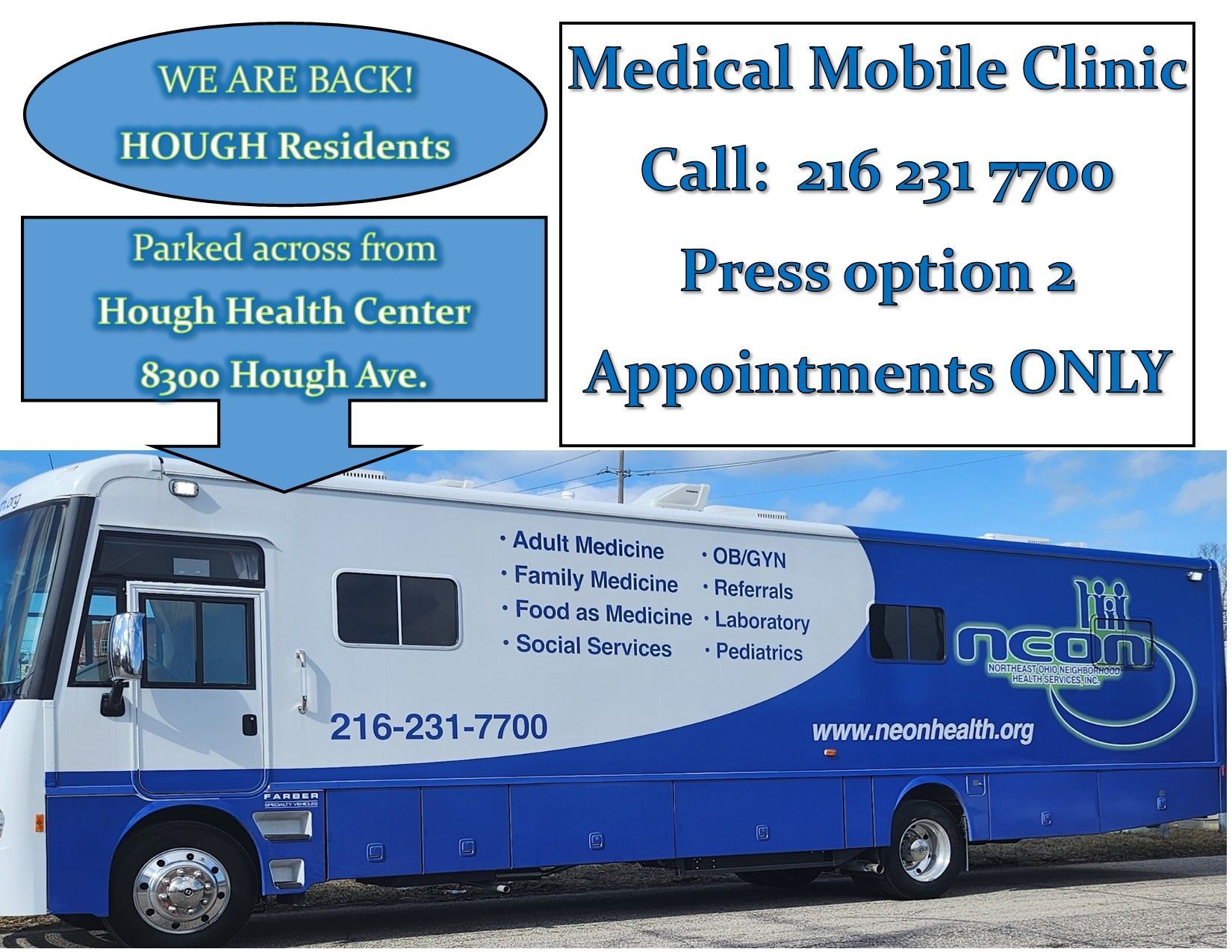Suspecting that you have a health problem can be scary, especially if you are nervous about how treatment timelines or healthcare expenses could impact your life. Fortunately, doctors today offer a variety of lowrisk diagnostic procedures to diagnose and treat conditions, such as ultrasounds. Here are three reasons your doctor may recommend an ultrasound and why you shouldn't worry about the test.
1. Diagnose Issues in a Non-Invasive Way
One thing that makes ultrasound systems special is the fact that they are very good at inspecting underlying soft tissues, while X-rays can fall flat in this arena. Sonogram systems use the same basic technology as sonar systems, using high-frequency sound waves that penetrate the body to create images on screen.
As a sonogram transducer is pressed over your skin, the system generates these undetectable sound waves to a certain depth based on system settings, and the energy bounces off the tissues and liquids within the body, returning to the transducer where they are measured and converted into an image. The entire process is pain-free and low-risk since no incisions are necessary.
Because of the safety of ultrasound, doctors use these systems to diagnose a large range of conditions, ranging from heart problems and intestinal blockages to bleeding during pregnancy and blood vessel issues.
Since images created from modern ultrasound machines are clear and easy to capture on screen, your doctor can also use these systems to track ongoing medical conditions, making treatment planning much easier.
For instance, if your doctor suspects you have a heart problem, they can use ultrasound to detect the initial issue and to perform follow-up exams, all without subjecting you to the risks of other more invasive procedures.
2. Biopsy Tissue More Effectively
Few things are more intimidating than a new lump or bump. In addition to instantly raising concerns about cancer, you might also worry about treatment timelines since a few days can make a big difference when tackling a malignant tumor. Fortunately, ultrasounds give you the chance to have that lump biopsied more effectively while giving doctors important information about the growth.
For example, doctors may be able to tell whether a lump is something to worry about or a completely benign anatomical structure, such as a bone or piece of scar tissue.
Ultrasound-guided biopsies are especially helpful in areas where soft tissue is abundant, such as the breasts or abdominal areas. By using an ultrasound, a doctor can guide biopsy equipment into place correctly the first time, reducing discomfort and improving the quality of the core sample collected.
Biopsies that are guided by ultrasound also tend to be much safer since other organs, nerves, and blood vessels in the area can be detected and avoided. For instance, doctors commonly use ultrasound systems during amniocentesis procedures in pregnant women to protect the growing baby inside the womb while collecting the amniotic fluid sample.
3. Reduce Your Personal Costs
When expenses go up for medical practitioners, those costs can translate to higher fees for patients. For instance, while it may be handy to have a CAT scan system or MRI machine on hand, the initial investment costs and recurrent maintenance charges can make the clinic more expensive to operate, resulting in higher prices for some services.
However, ultrasound systems are incredibly affordable, while still offering much of the functionality of more advanced systems, helping clinics to control their costs.
In fact,
one 2017 studythat compared diagnostic results stemming from an MRI machine to a simple ultrasound system found that while the MRI results were more accurate, the ultrasound system still allowed practitioners to understand the nature of the injury while costing much less. In their comparison, the MRI system cost a staggering $22,756 when measured on a quality adjusted life year measurement scale, while the MRI only cost about $1,385 total.
From a patient perspective, the average pre-insurance cost of an MRI is around
$2,048, while an ultrasound costs about $410 before being processed by your insurance company.
If you have a medical concern and you need to see a doctor, let
NEON
help. We are committed to providing our patients with a wide range of state-of-the-art medical care, including ultrasound services.





